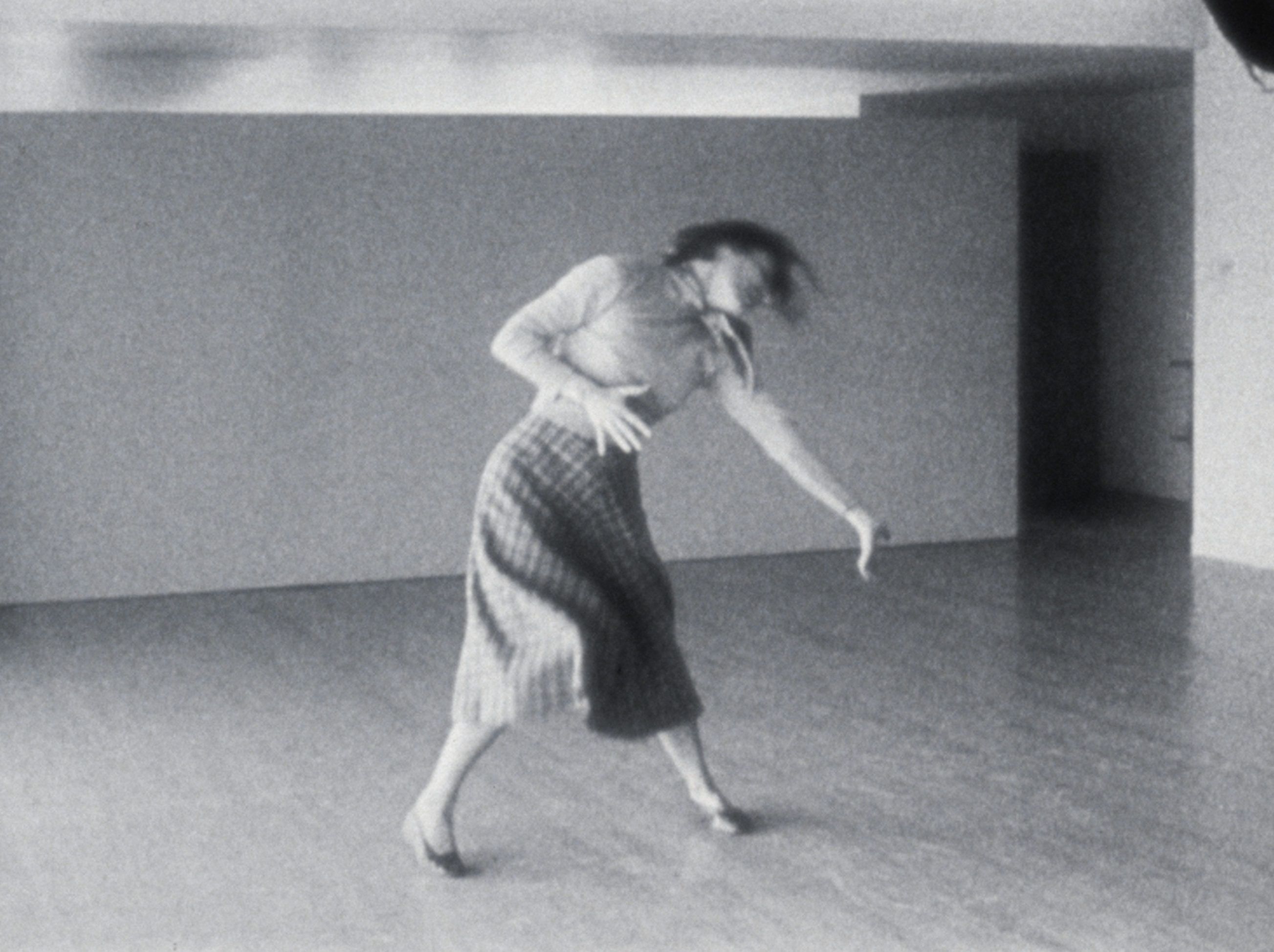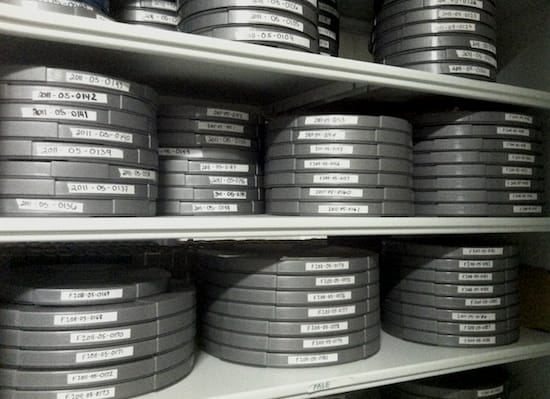
a sampling of the many film prints & elements in CFA’s Ruth Page Collection
Thanks to a grant from the National Endowment for the Arts (NEA), we have begun digitizing the dance films of the Ruth Page Collection. With over 400 16mm films & elements (!) of performances, rehearsals and television appearances, these films document the dance legacy and artistic circle of choreographer, Ruth Page. As a rare archival treat, we are publishing the collection’s digitized films as soon as they become digitized.
“Why wouldn’t you post them immediately after digitization?..what’s so crazy about that?” you may ask. Well, normally we digitize the films (thankfully, we have the equipment to do this in-house) and then hand each digitized film over to a cataloger who adds descriptive information (i.e. where and when it was filmed, the people or credits involved in production, etc) to the film’s individual catalog record. After this valuable information is added to our database, we upload a video file and publish the film’s item-level record & streaming media to our site’s Collection Portal. These item records are accessible under its associated collection finding aid or searchable on their own through various “Browse Items” search terms. In other words, published items or films are available through traditional provenance-based access, or the top-down model, as well as searchable at the item level.
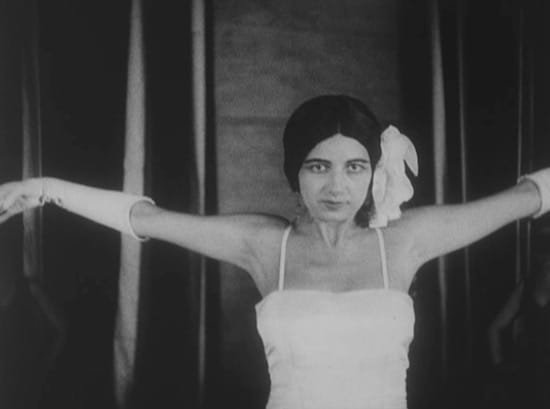
Ruth Page in BOLERO, which was filmed at Ravinia in 1928
The time and resources to produce in-depth item-level cataloging records is immense, especially for collections (like the Ruth Page Collection) that are filled with unique, one-of-a-kind materials that have not been previously cataloged elsewhere. Due to its specialized subject matter, the Ruth Page Collection also requires detailed research from CFA staff & dance scholars in order to be thoroughly understood and therefore successfully presented.*
In order to get these films out there and accessible N-O-W, we’ve decided to bypass this cataloging step and post the streaming videos online with very little cataloging information. To answer some questions upfront: Yes, this may be a bit messy at first (as titles often evolve, and mislabeled duplicates frequently reveal themselves once an entire collection is digitized) and yes we plan to research and more-fully catalog all of the films from the Ruth Page Collection once the digitization phase is complete….we just wanted to accelerate our work flows and get these films out there to you, the public, as soon as we could. Since these item records have very little cataloging data and are therefore not very searchable at the item-level, the best method to view them is from the Ruth Page Collection Finding Aid, which includes a linkable table list of all the digitized films at the bottom of the page.
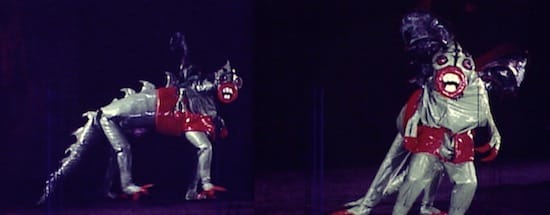
two frames from “Alice (Act 2)” circa 1951
We invite you to not only view & share these films, but also to become a part of our experimental work flow to get these videos to you.** Check back from week to week as we continue to digitize and publish films from the collection. Thus far we’ve published 63 films & videos, including two recently restored 1928 Ravinia performances (here and here), a handful of television appearances by Ruth Page & Co (view one here), home movies filmed during Page’s 1928 Asian Tour (view one here) as well as a sprinkling of rare 1″ and 1/2″ video tapes digitized by Bay Area Video Coalition (more on this collaboration and the Page Collection’s video formats soon!). None of these films or videos have been accessible online until now, and we are beyond delighted to share them with you! And as the transfer technician (with admittedly little to no dance background) on this project, I’m starting to accumulate some personal favorites… including Alice (Act 2), which has some pretty amazing costumes.
*Let’s also not forget the steps that come before digitization! – inventory & hand inspections also take up a tremendous amount of time and resources. Thanks to the NEA and the Gaylord & Dorothy Donnelley Foundation, CFA was able to successfully complete these tasks for the Page Collection. To review, CFA’s processing work flows include: acquisition, inventory, arrangement, hand inspection (describing the physical condition of each film and placing it into new, archival containers), digitization, cataloging and last but not least, collection and item level web publishing.
**this method isn’t that crazy or experimental in the archival field. Notions of productivity-driven processing have emerged in the past decade, including Mark A. Greene & Dennis Meissner’s frequently cited “More Product, Less Process: Revamping Traditional Archival Processing” (The American Archivist, Vol. 68, No. 2 (Fall – Winter, 2005).


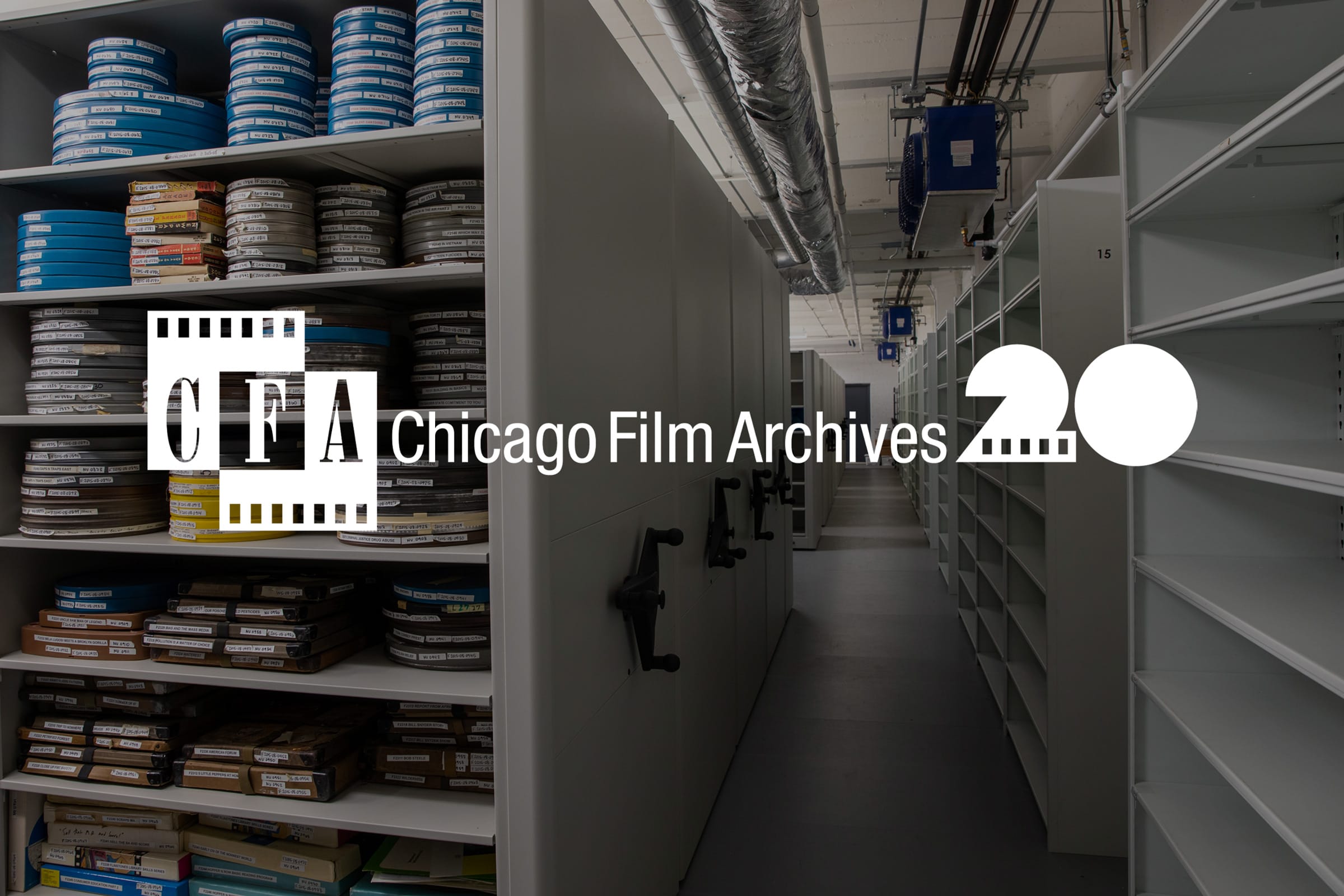
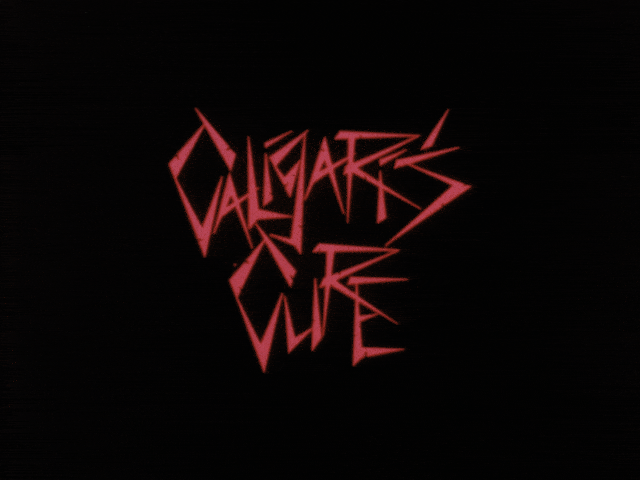
![[Rudy Lozano]](https://www.chicagofilmarchives.org/wp-content/uploads/2023/08/Lozano2.png)
